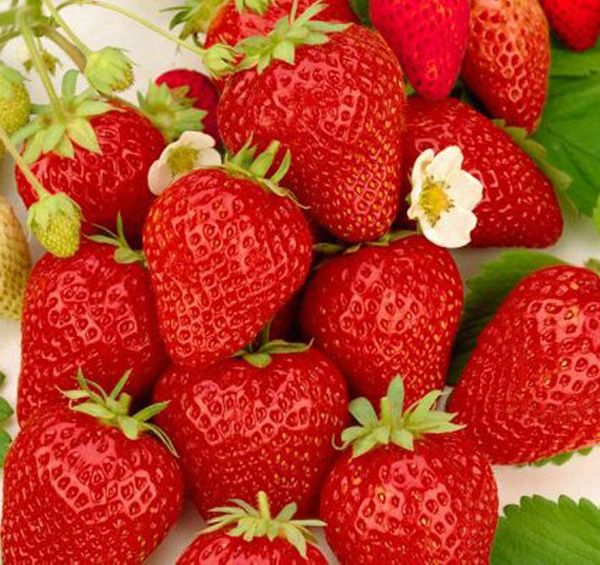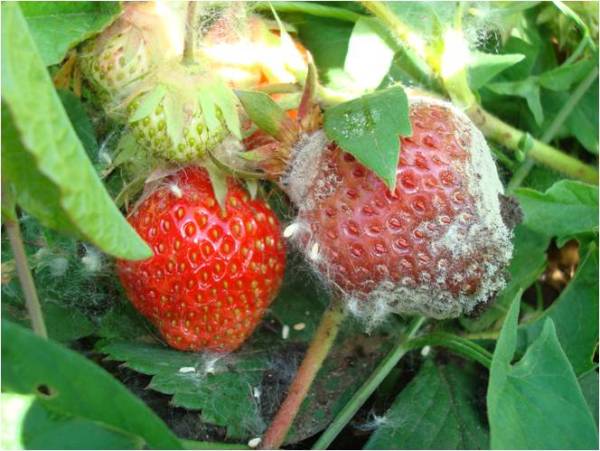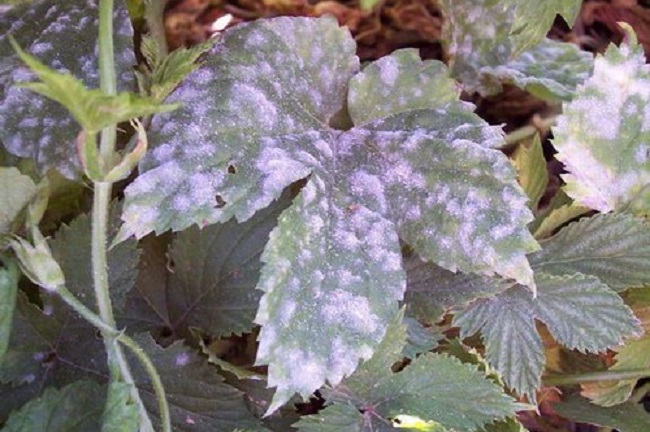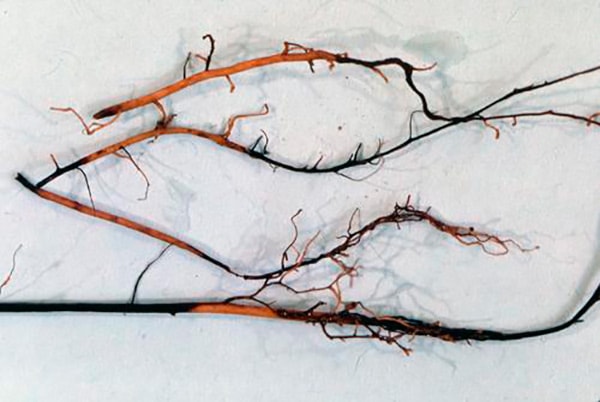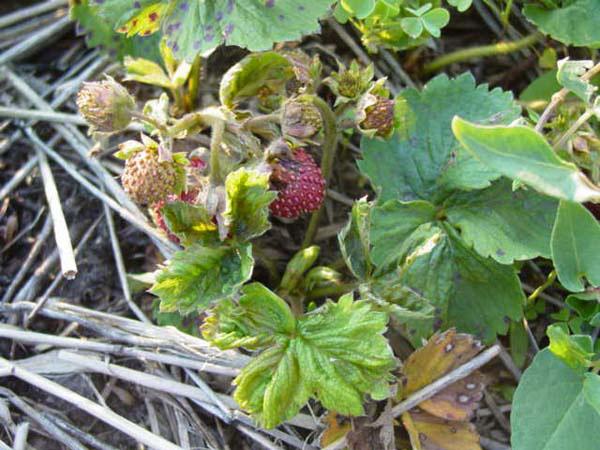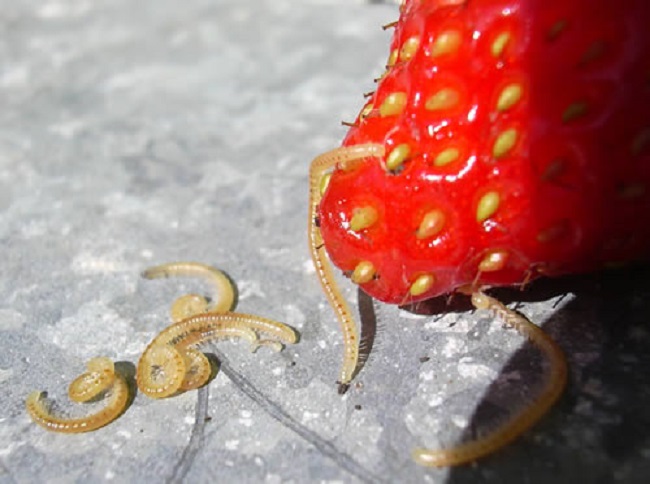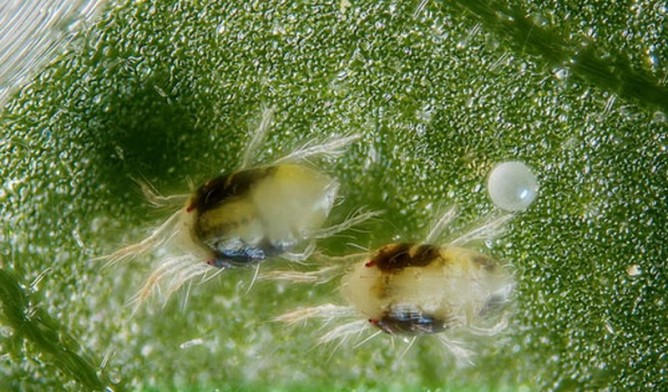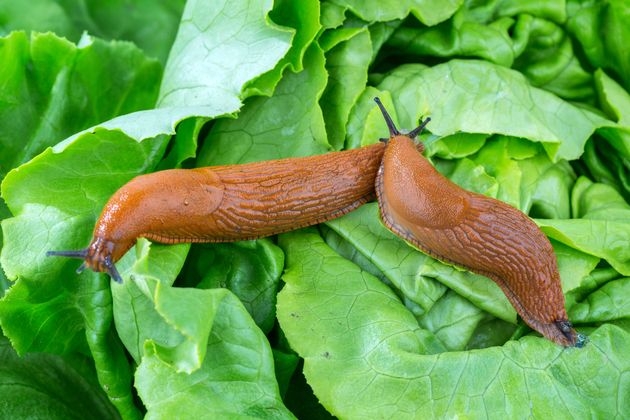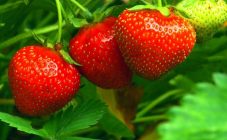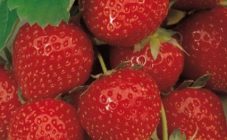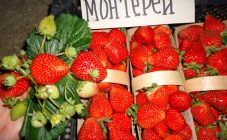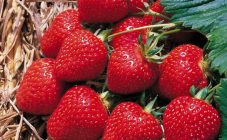Content:
The Ostara strawberry is one of the best remontant varieties, producing a large harvest several times a year. Due to the unpretentiousness of strawberries, it can be grown not only by experienced gardeners, but also by beginners, and the taste of the berries will delight anyone.
Ostara was bred by Dutch breeders in 1969 by crossing Red Gauntlet and Masharakhs Daurernthe. The result is a variety that is unpretentious to soil and climatic conditions.
Description of Ostara strawberries
Strawberries belong to neutral day varieties, are remontant, that is, fruiting does not depend on the length of daylight hours and can occur several times per season.
Due to the continuous flowering and the setting of new berries, it is characterized by a high yield - up to 1.2 kg. The first berries appear in June, but their number is small. The main harvest ripens in August and lasts until the first snow appears. During this period, the berries do not lose their taste, and their number increases markedly, naturally, with proper care.
Due to its high frost resistance, Ostar's garden strawberries can be grown practically throughout Russia and neighboring countries. Strawberries overwinter easily under a thick layer of snow, but without shelter they endure temperatures only up to -10 ° C. In summer, at temperatures above + 28 ° C, pollen can lose its quality, due to which the yield will decrease.
The Ostara bush is approximately 20-25 cm high, which gives it a compact appearance. Thanks to this, strawberries of this variety are loved to grow in pots as a decoration for the plot. The berries themselves are medium-sized, bright red, conical in shape. They have a soft consistency, so the fruits are very juicy and taste like wild strawberries.
Growing features
To obtain a high-quality spring harvest, seedlings should be planted in early August. This will contribute to the development of a strong root system and the appearance of more buds. If a crop is needed in the fall, you can plant seedlings in the spring and late summer. The main thing is the correct selection of the soil and the care of young seedlings.
Soil selection
The plant feels best in fertile soil with low acidity, for example, in sandy loam.
Before planting, the soil must be abundantly fertilized with humus and loosened so that it passes water and air well. The optimal distance between the rows is 50 centimeters, between the plants themselves - 30 centimeters.
Watering
Ostara strawberries are hygrophilous, so watering should be regular, early in the morning or late in the evening. This way the foliage will not get sunburn through the water droplets.
Top dressing
For feeding, it is best to use complex mineral and natural fertilizers, for example, chicken manure, which contains the necessary macro- and microelements. It is diluted with water in equal amounts and infused for 10 days, and after this period, diluted with liquid in a ratio of 1:20. The plants are watered first with fertilizer, trying not to direct the stream to the roots, and then with clean water.
Reproduction
Repaired strawberries are propagated with a mustache.They are placed on the surface of the soil in a separate cup and pinned so that they are securely fixed and rooted. The mustache must be looked after in the same way as the bush itself, not forgetting about watering. After about 2 months, the young plant can be planted in a new location.
Diseases
Gray rot
Signs: light brown spots appear on the stem, the berries become covered with gray mold
Reason: high air humidity, thickened plantings
Treatment: use of fungicides (Switch, Euparen, Strobi, Captan)
Prevention: loosening the soil, moderate watering. At the beginning of the growing season, the plants are sprayed with a 3% solution of Bordeaux liquid. At the end of budding and after harvesting - 1.0% colloidal sulfur solution. Also use a black mulch film.
Powdery mildew
Signs: the leaves are curled, covered with a gray bloom, like flour
Reason: abundant moisture, dense plantings, sudden temperature changes
Treatment: use of biological products (Baktofit, Fitosporin, Topaz)
Prevention: in the spring, strawberries are treated with a solution of potassium permanganate or colloidal sulfur.
Root rot
Signs: plants wither
Reason: waterlogged soil
Treatment: unfortunately, the dying plant cannot be preserved. It is necessary to dig out the affected bushes, and nothing to plant in their place for at least a year, because the infection can remain in the soil.
Pest control
Strawberry mite
Signs of damage: twisting and yellowing of leaves, cessation of plant growth, its possible death.
Control methods: in the spring and after harvest, use a solution of Karbofos or colloidal sulfur.
Strawberry nematode
Signs of damage: leaves curl and deform, their cuttings become fragile, plants stop bearing fruit
Control methods: removal and burning of affected plants.
Spider mite
Signs of damage: the presence of cobwebs on the bushes, yellow and dried leaves
Control methods: after harvesting, the berries are treated with a solution of Karbofos and covered with polyethylene for 3 hours.
Snails and slugs
Signs of damage: eaten berries, the presence of translucent eggs on the soil surface.
Control methods: manual destruction of pests and their egg-laying.
Advantages and disadvantages of the variety
Advantages:
- High productivity.
- Resistant to many diseases.
- Unpretentiousness to soil and climate.
- Easy reproduction by a mustache.
- Intense strawberry flavor.
Disadvantages:
- Landings need to be renewed annually.
- Reduction in fruit size over time.
- Low shelf life of berries.
- It is necessary to constantly mulch the soil due to susceptibility to gray rot.
Thus, the Ostara strawberry is an ideal variety for those who want to see fresh harvest on their table all year round, so the result is definitely worth the effort.
